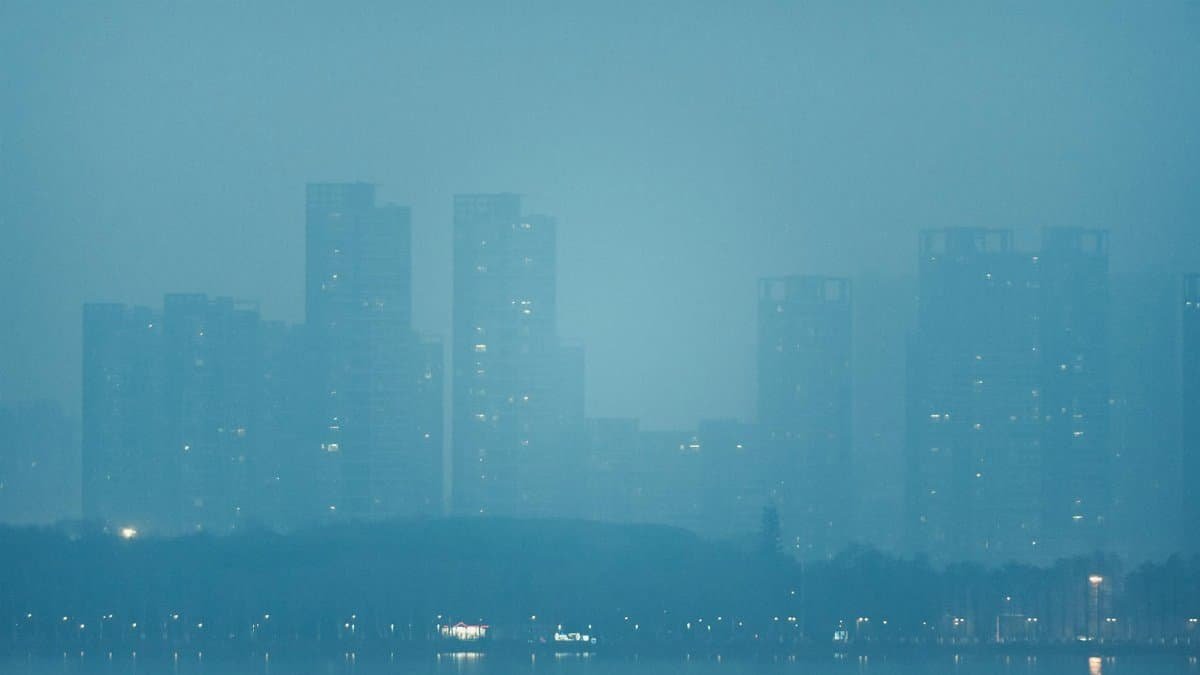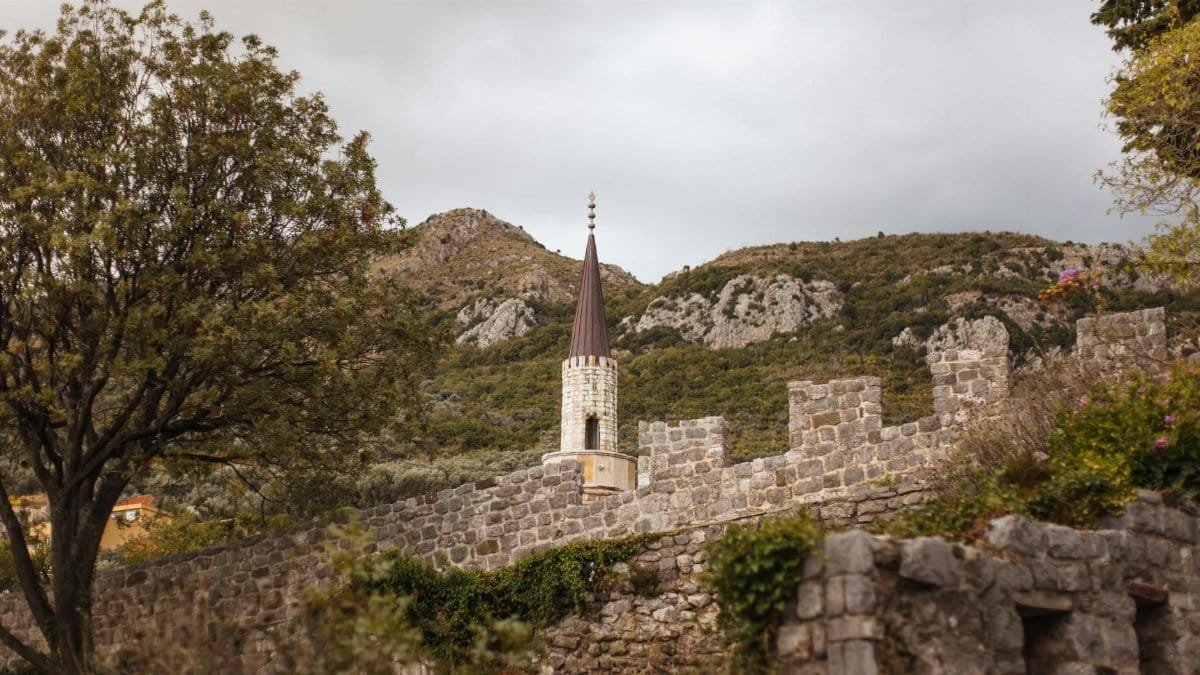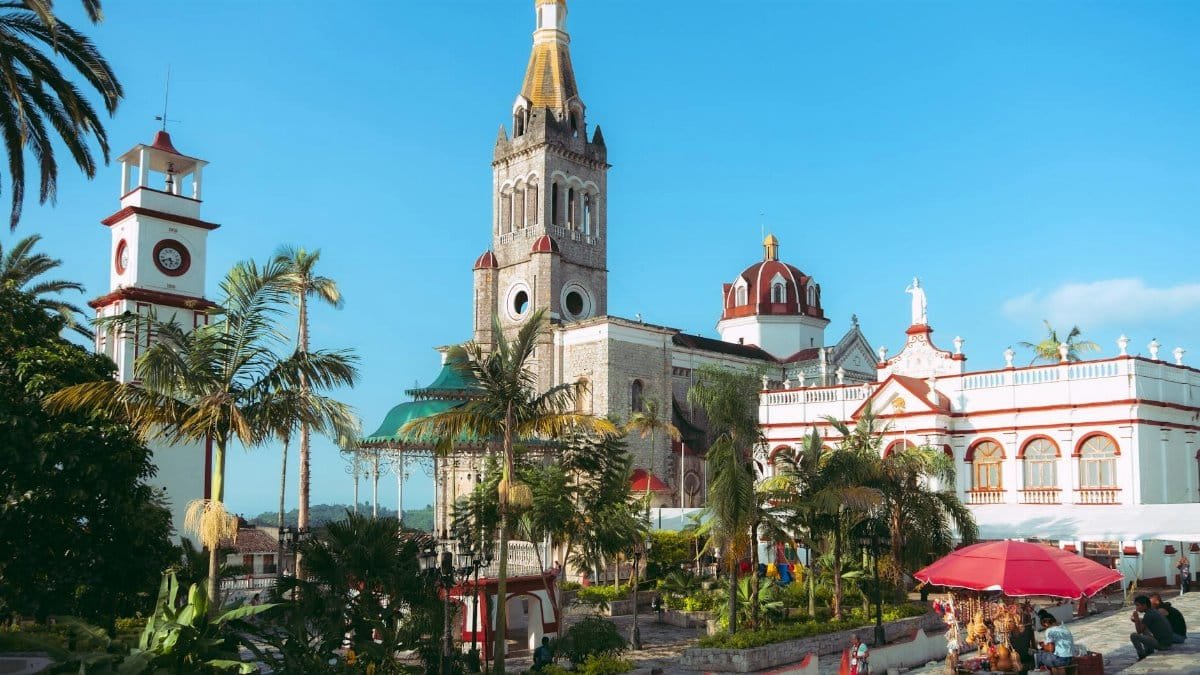Imagine stepping into a space where the loudest sound is the rustle of leaves underfoot. In many small American towns, quiet town squares are emerging as unexpected havens for travelers seeking respite from the clamor of modern life. These once-bustling hubs of commerce and chatter—think weekly markets or political rallies—have transformed into serene destinations, drawing visitors who crave mindfulness over mayhem. From the cobblestone center of a historic New England village to a shaded plaza in the Southwest, the appeal is clear: silence as a luxury. As urban noise pollution creeps upward, with studies showing over 30 million Americans exposed to harmful sound levels daily, these tranquil spots offer a rare commodity. They’re not just places to pause; they’re a quiet rebellion against the relentless pace of 2025’s always-on culture. What’s behind this shift, and why are so many flocking to these hushed corners?
The Rise of Silence as a Draw

In an era where noise—literal and digital—follows us everywhere, the absence of it feels almost revolutionary. Quiet town squares, once merely the heart of local life, are now marketed as sanctuaries. Towns like Woodstock, Vermont, or Taos, New Mexico, have leaned into this, with tourism boards promoting their central plazas as “hush zones” for meditation or simple reflection. It’s not just clever branding. A 2021 study from the National Institutes of Health notes that chronic noise exposure contributes to stress and heart issues, pushing people to seek quieter environments. For some, a few hours in a silent square is a mental reset. Visitor logs in places like these show a 15% uptick in foot traffic since 2019, often tied to wellness travel trends.
This isn’t accidental. Local councils have curbed street performances or rerouted traffic to preserve the calm. The result? A space where you might hear only birds or distant footsteps. It’s a stark contrast to the sensory overload of city life, and for many, it’s worth the detour.
A Historical Pivot From Noise to Calm

Rewind a century, and town squares were anything but quiet. They were stages for fiery debates, clanging blacksmiths, and boisterous fairs. In the 1800s, a place like Courthouse Square in Oxford, Mississippi, thrummed with activity—merchants haggling, politicians stumping. But as commerce moved to strip malls and online platforms, many of these spaces emptied out. Some became ghostly relics. Others, though, found new purpose. By the late 20th century, preservationists and urban planners saw potential in reimagining them as communal oases. The Pew Research Center found that while only 31% of Americans live in small towns, over half express a nostalgic fondness for their slower pace—a sentiment fueling this reinvention.
Today, these squares aren’t just preserved for history’s sake. They’re curated for peace. Benches replace vendor stalls. Fountains muffle stray sounds. It’s a deliberate pivot, reflecting a broader cultural hunger for stillness.
The Wellness Connection

“I didn’t realize how much I needed this until I sat down,” a traveler murmured on a recent visit to a quiet town square in Asheville, North Carolina. Her words echo a growing awareness: silence isn’t just pleasant; it’s restorative. Research backs this up. A 2017 study published via the Frontiers in Psychology journal found that exposure to natural quiet reduces cortisol levels, easing stress. For middle-aged Americans juggling careers, family, and endless notifications, that’s a powerful draw. Quiet town squares often pair with wellness retreats or yoga festivals, amplifying their appeal as part of a broader self-care itinerary.
But it’s not all zen. Some visitors admit to initial discomfort—silence can feel unnerving when you’re used to constant input. Yet, over time, many find it liberating. It’s less about escaping life and more about rediscovering focus.
Economic Ripples in Small Towns

Turning a town square into a silent retreat isn’t just a cultural shift; it’s a financial gamble that’s paying off for some communities. In places like Sedona, Arizona, local businesses—cafes, bookstores, artisan shops—report increased revenue as mindful tourists linger longer. A report from the U.S. Census Bureau highlights that small-town economies often rely on tourism to offset declining traditional industries. Quiet town squares become a unique selling point, distinguishing a locale from cookie-cutter destinations. Bed-and-breakfast owners near these plazas note guests specifically mentioning “peace” as their booking reason.
There’s a flip side, though. Not every resident loves the hush. Some miss the old vibrancy and grumble about lost revenue from louder events. Balancing heritage with this new identity remains a tightrope for many towns.
Challenges of Keeping the Quiet

Maintaining silence in a public space is harder than it looks. Traffic doesn’t vanish entirely. Smartphones still ping. In one Midwest town square, a visitor recently overheard a heated phone argument, shattering the calm for everyone nearby. Local ordinances can limit noise—banning amplified music or idling engines—but enforcement varies. Urban sprawl also creeps closer, as does the irony of tourism itself: more visitors mean more chatter. Planners face a paradox: how to promote a quiet haven without overcrowding it?
Some solutions are creative. Timed entry for larger groups, sound-absorbing landscaping, even “silent hours” signage. But perfection is elusive. As one town official put it, “We’re selling an ideal, not a guarantee.” For now, the effort continues, driven by demand for these rare pockets of tranquility.
Who’s Seeking the Silence?

The demographic flocking to quiet town squares isn’t just retirees or yoga enthusiasts. Data from regional tourism boards shows a surprising mix: burned-out professionals in their 40s and 50s, families with young kids, even digital nomads craving offline time. Online discussions often reveal a shared sentiment—one anonymous poster described feeling “finally unplugged” after an afternoon in a hushed plaza. This cross-section reflects a universal need in 2025: a break from the grind. Whether it’s a parent escaping tantrums or a tech worker dodging Zoom calls, the appeal cuts across life stages.
What unites them is intentionality. These aren’t accidental stops. People plan trips around silence, seeking out squares with reputations for calm. It’s a small but telling shift in how Americans define a meaningful getaway.
A Broader Cultural Shift?

Could quiet town squares signal something larger? They tap into a growing unease with noise—both the audible kind and the mental clutter of information overload. As urban centers grow denser and social media louder, these spaces offer a counterpoint. They’re not just tourist traps; they’re microcosms of a society reevaluating what “connection” means. Sitting in silence, surrounded by others doing the same, feels oddly communal. It’s less about isolation and more about shared stillness.
Perhaps that’s the real magnetism. In a world that equates busyness with worth, choosing quiet is radical. These squares, with their empty bandstands and whispering trees, aren’t just destinations. They’re reminders that sometimes, the most profound moments happen when nothing is said at all. As this trend grows, it’s clear: silence isn’t just golden—it’s a journey worth taking.
